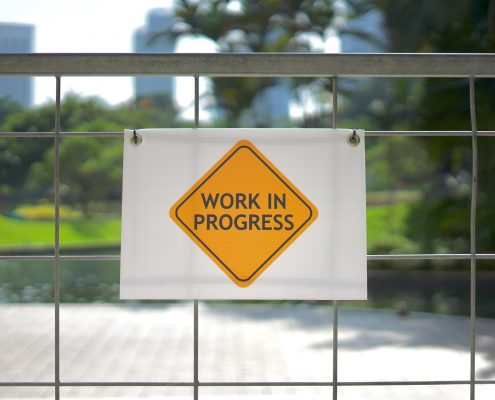Posts

Leaders Watched Globally and Evaluated – the US Presidential Election
The US Presidential Election
Were you like me last night, glued…

Business Owner, Entrepreneur or Intrepreneur – let's have the same objectives!
Professional Growth for Business Owner, Entrepreneur and Intrepreneur
Working…

Goals Set your Direction & Systems Help you Make Progress
Your days are jam-packed; however, you often feel by days end…

How to achieve personal and professional goals by the end of 2020?
Time to refocus on personal and professional goals you want to…

Onboarding internal or external senior executives during COVID?
One of the areas I specialize in for executive coaching is the…

